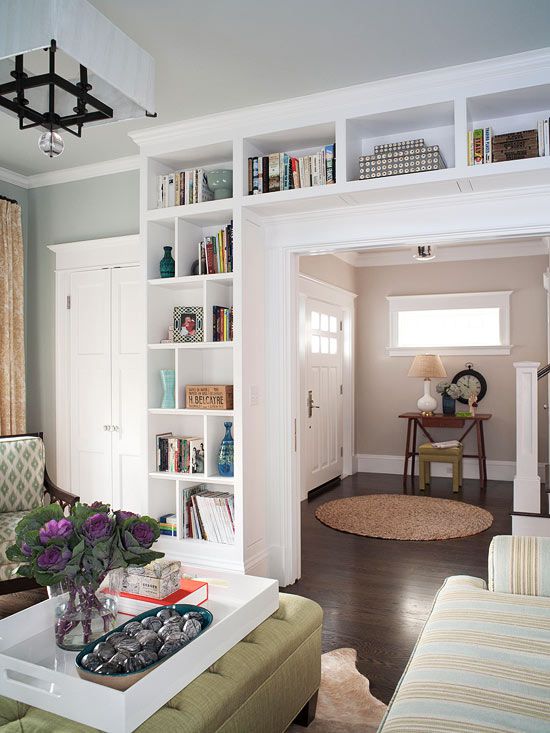How to Decorate an Open-Plan Living Space
Creating a space within the home which can be used to cook, eat, entertain, gather as a family and relax has become the holy grail of modern living – more of us are knocking down our walls in order to achieve this contemporary, more communal way of living than ever before.
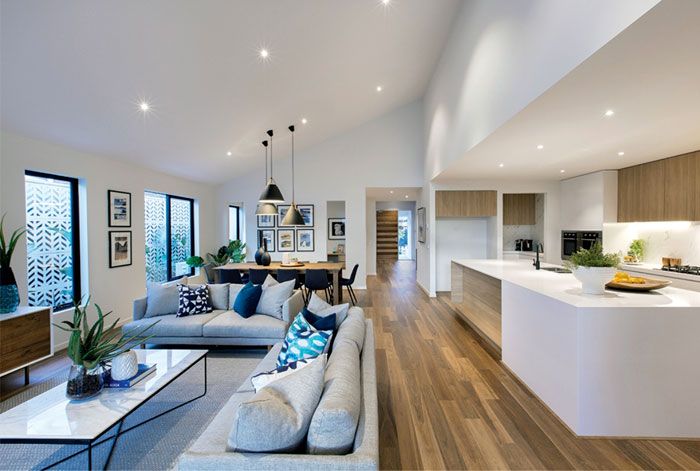
And we can see why, not only is having an open plan home a good solution for opening up small spaces but it can make your space brighter, airy, and more sociable. It also allows us to spend mor time with each other: We can all be in the same space at the same time, doing homework, cooking, or relaxing (which is a good thin, hopefully)
But these open spaces can be tricky to decorate . How do you make your home feel more connected, but distinct if you dont have walls? Creating defined “zones”which help you move from one activity to another is the secret to successful open plan living. The kitchen, dining and living areasshould work individually, as three separate entities, but the design and layout of the space is what should marry the scheme.
Try one of these, clever ways to decorate your open plan space:
Colour Scheme
Select a colour palette which creates a harmonious scheme throughout your space. We would recommend the use of two or three ‘base colours’ for your scheme; these colours can be used to unify the different areas and should also work in both natural and artificial lighting.
You might also consider colour blocking, a contemporary way of emphasising different zones or pieces of furniture within your space.
Finally, add depth and dimension to your space by including pops of rich, contrasting colours; not only will this look fab but will also put a personal and creative stamp on your open-plan living space.
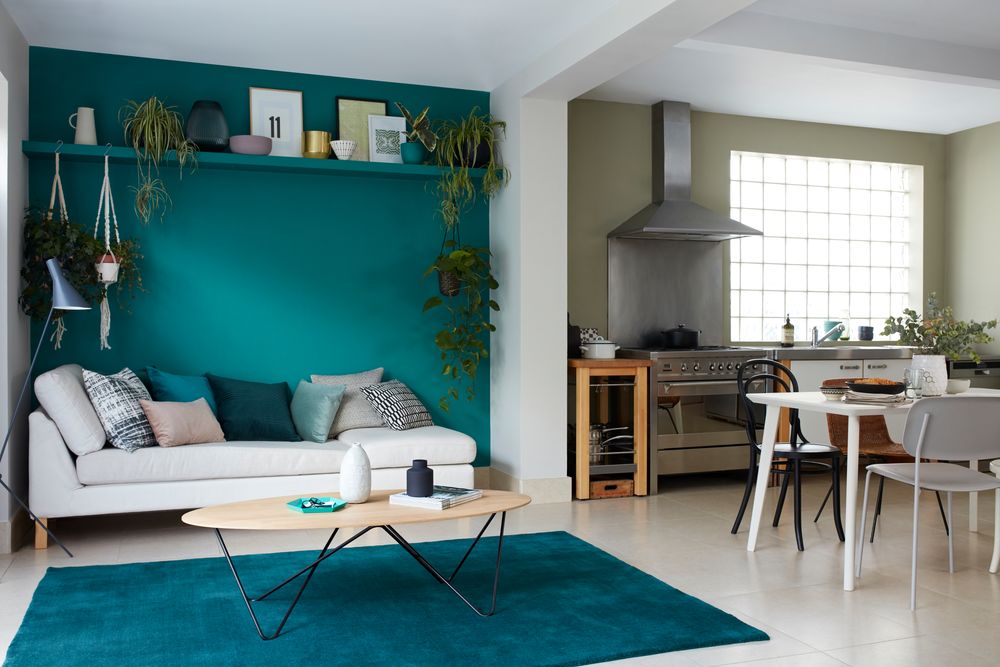
Unify with lighting
Open-plan rooms often present the challenge of lighting across multiple levels – but lighting can be a unifying factor. So think about your lighting for each space separately and how you can add mood lighting to create a cosy atmosphere, task lighting for things like reading and homework and accent lighting to create visual interest to each space.
For instance, a pendant light which sits beautifully over your dining table will create a sociable atmosphere, perfect for when you have friends and family over for dinner. But if you also plan to use the dining table as a desk or somewhere to read the daily newspaper, the pendant would need to be paired with spot-lighting or directed floor or table lighting.
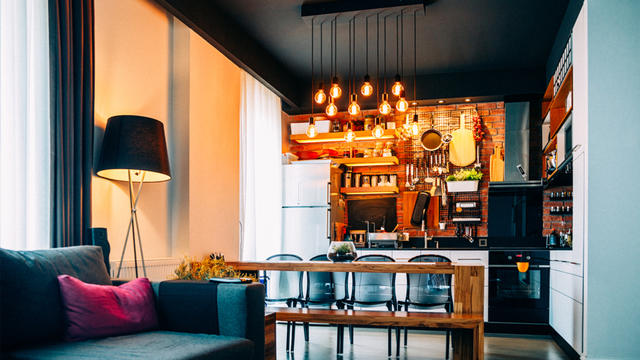
Lay down rugs to establish distinct spaces
The use of a rug can give purpose and character to different areas of the room.
Rugs are amazing for creating a divide between the different zones; they also work perfectly to add colour, texture and pattern into your living and dining room areas. It’s these small details which can give each space individuality and a unique style.
Decorative accessories, soft furnishings, artwork and even plants or flowers can be used to dress different areas and visually divide.
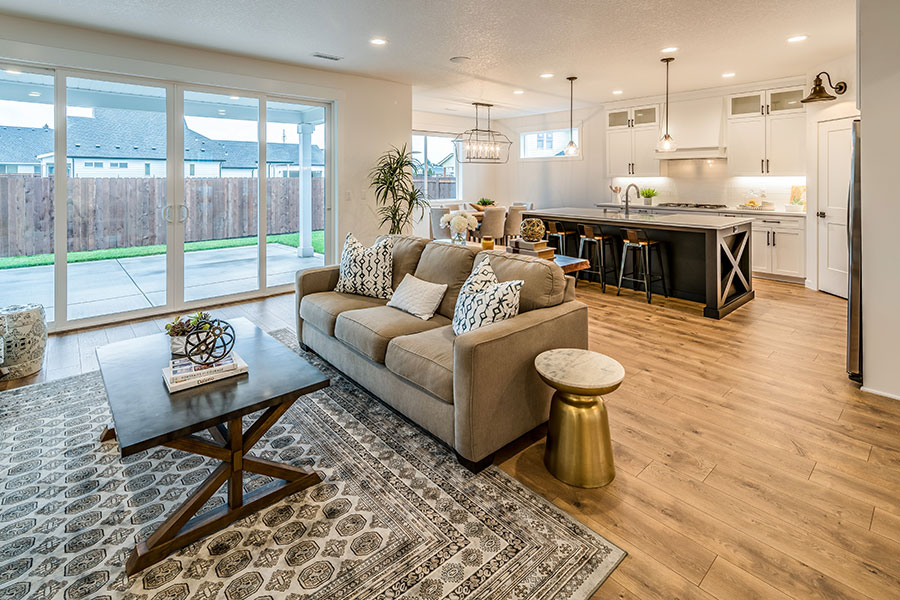
Vertical storage
Storage is an important element within any home, but how can you make this work in your large open-plan space?
Tall, open shelving can be a great way to help you to zone an area in your room. This type of shelving will still give a sense of openness to the space, whilst creating that slight divide between functional spaces, emphasising each section of the room.
Our top tip; if you opt for this method, don’t over fill the shelves! This could make your room feel more enclosed, defeating the purpose of an open plan space. Add your own personality, with personal pictures and objects, displayed with a considered approach. Think about varying shapes, sizes, heights and colours, to create beautiful functional and decorative groupings on your shelves.
